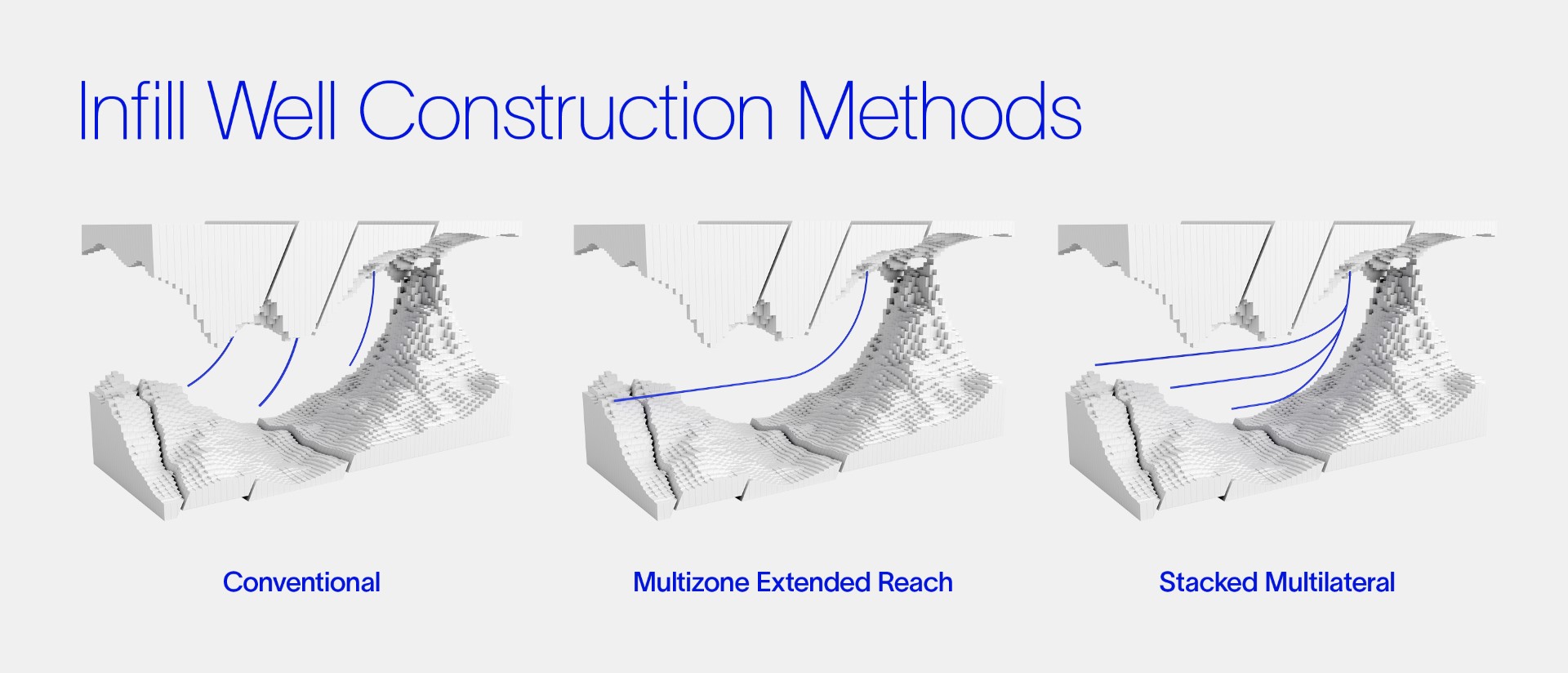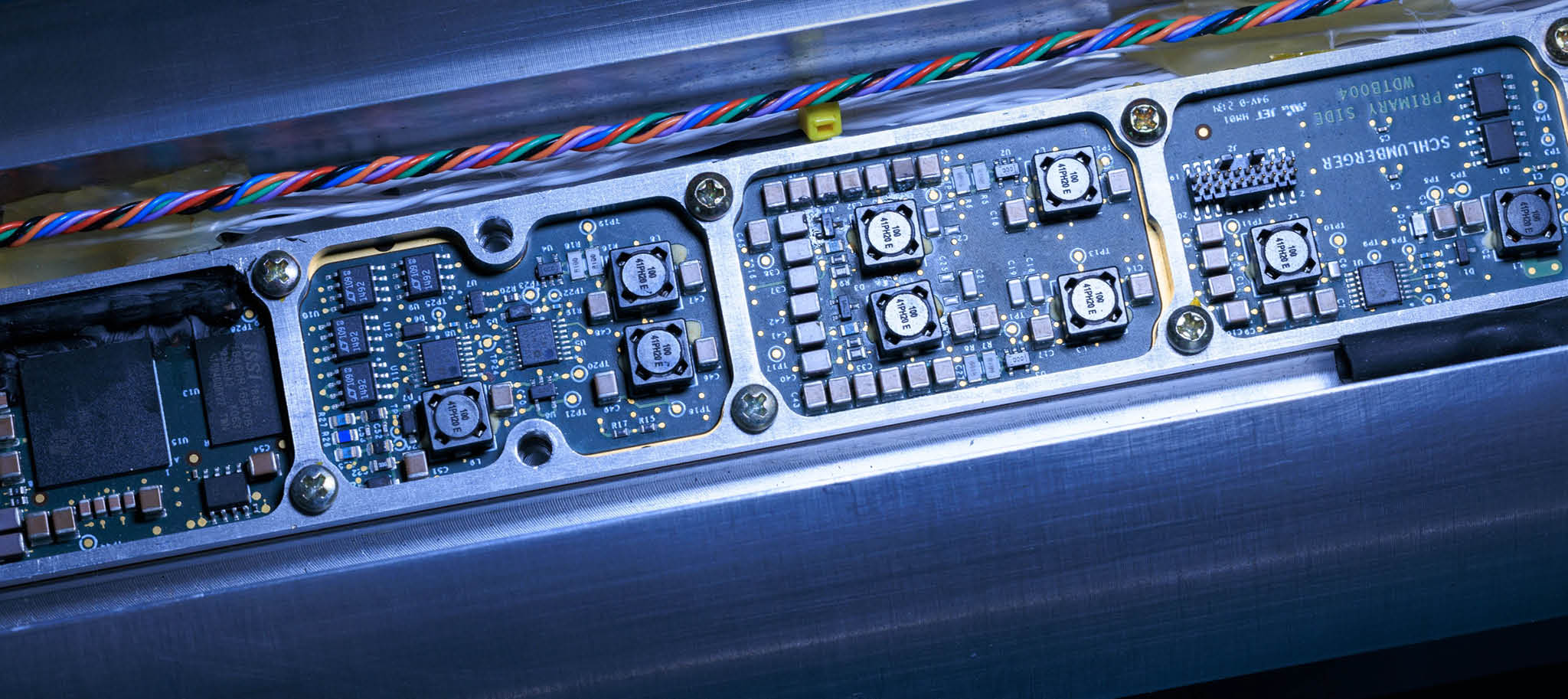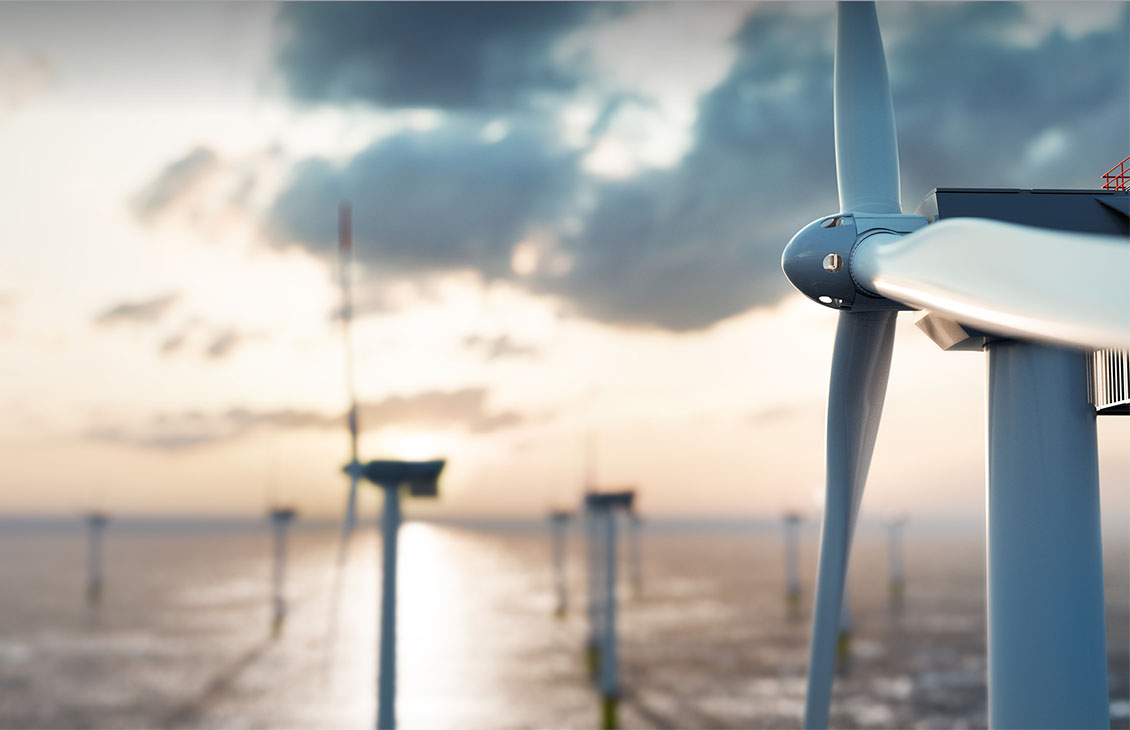Full-scale electrification of offshore installations and conversion from hydraulic to electric control systems is key to decarbonizing oil and gas production. But what does this really mean for oil and gas, and why is our industry investing in it? The answer depends on where and to whom you ask the question.
A primary definition of electrification in oil and gas operations refers to converting or replacing equipment running on diesel or other hydrocarbon fuels with equipment that runs on electricity. Examples include the electrification of hydraulic fracturing fleets, along with the electrification of offshore production platforms and creation of collaborative energy hubs (currently happening in offshore Europe).
But “electrification” can also refer to converting hydraulic power distribution and control systems to electric ones. While a less intuitive route to decarbonization, this definition of electrification is a significant enabler of energy efficiency improvements and smaller infrastructure across oil and gas.
The trilemma of energy security, affordability, and sustainability has increased focus on decarbonizing oil and gas operations alongside longer-term efforts and investments to reduce global hydrocarbon dependency. This has driven the emergence of carbon emissions per barrel of oil equivalent (BOE) as an industry benchmark, complementing the more traditional cost per barrel as an important metric for determining field or asset performance. Electrification, by both definitions mentioned, remains a key enabler for decarbonizing oil and gas production as a component of a more sustainable global energy mix.
The good news is that reducing the cost and carbon emissions of oil and gas production through electrification are not mutually exclusive goals. But a piecemeal approach will not work. Maximizing electrification’s impact in oil and gas necessitates adopting tech and integrated solutions at scale if we wish to enable more sustainable operations while simultaneously driving efficiency, reliability, and performance.
Step 1: Enable high-power equipment to run on electricity and, therefore, access low-carbon power
Most of today’s drilling rigs and production infrastructure use diesel or natural gas-fueled turbines—resulting in direct fuel costs and greenhouse gas emissions. Even for natural gas, the cleaner of the two fuels, the energy conversion efficiency of power generation from combustion ranges from 3 to 4 kW input to generate 1 kW output. Therefore 66-75% of the energy is lost—mostly to waste heat—in the conversion. Hence why, for offshore production platforms and other permanent facilities, electrification is an attractive option if low-carbon electricity can be made readily available. Permanent cables can be installed between the source and power consumers, eliminating the need for regular fuel resupply.
For offshore operations, renewable electricity is transmitted from the onshore grid to the installation or generated locally using fixed or floating offshore wind. Similarly, for onshore fields, electrification can mean connecting to a low-carbon grid source or local renewable source. The options to decarbonize onshore energy sources are more numerous, but so are the number of locations requiring power.
A final, thorny challenge exists: Many other sectors and industries also need low-carbon electrical power to decarbonize. Renewable capacity constraints mean we must also focus on minimizing energy demands in oil and gas operations and promoting the development of alternative power sources. For this, energy efficiency across both onshore and offshore oil and gas drilling, hydraulic fracturing, and production activities is essential. However, simply electrifying individual components of an inefficient system cannot deliver the maximum impact. The approach needs to be holistic in nature and targeted at the largest energy consumers.
Step 2: Maximize infrastructure and efficiency with fully electric production systems
This step refers to converting hydraulic systems across drilling and production to electric, digital-ready systems. Simply put, hydraulic systems don’t have the reach, control, or smart capabilities of an electric system. From a technical standpoint, hydraulic pressure must be generated close to the point of utilization, eventually requiring conversion from electric to hydraulic power (an inefficient transfer of energy). As pressurized fluid is transmitted through hydraulic lines, the pressure drop—caused by frictional losses along control lines—limits how quickly energy can be transported over long distances. Here, electric lines have a technical advantage.
Hydraulic power and control systems (and their actuators) also require periodic maintenance, consume hydraulic fluid that needs replacing, and are sensitive to control fluid contamination. They use countless connections, require bulky generators and pump motors, and can also leak high-pressure fluid. This inefficiency limits the number of components a single electrohydraulic system can control—the number of interval control valves in a completion, for example.
All-electric systems distribute power and data efficiently across long distances, require limited to zero maintenance, actuate with instant high-precision control, and are inherently digital and automation ready. In offshore fields specifically, electrification expands the feasible subsea tieback radius around host facilities. This enables a reduction in project cycle time, costs, and infrastructure size—a significant source of upfront expense and embodied emissions. It allows operators to extend the productive life of existing assets and, in some cases, avoid building offshore facilities entirely by targeting commercial accumulations from land with extreme reach wells.

There is also the ability to control a more complex system in the subsurface. Going back to our completion analogy, full electrification enables maximum production control across more zones than is possible with an electrohydraulic system, potentially requiring fewer wells (at a reduced carbon intensity) to meet a field’s production targets. Since electric completions were introduced a decade ago, several operators have changed their infill well construction methods in favor of either extended reach wells or recovered well slots using multilateral well construction, both paired with electric intelligent completions. This combination allows for the control of inflow from six or more discrete zones in a single well.

But why does managing inflow matter so much? Because how you manage water and unwanted free gas production has an outsized influence on your decarbonization. According to the Research Council of Norway, water injection and processing can represent over 50% of an oilfield’s energy demand, meaning it’s essential that we take the actions necessary to reduce the energy demands and resulting emissions of water production. Here’s how:
- Improve subsurface understanding and tech to not only place wells better, but also produce reservoirs with fewer wells and energy use
- Improve reservoir inflow control with tech such as sensor-dense, high-precision electric intelligent completions to stop water inflow
- Use precise electric downhole chokes to reduce water entry, thereby minimizing the energy needed to lift unwanted fluid to the surface—and saving that cost.
- Optimize operations and equipment with lower energy requirements for water processing, disposal, or re-injection.
Thanks to the value realized in brownfield applications where economic challenges drive tech innovation, electrification is now viable for greenfield projects as operators look to reduce total well counts from initial development and, by association, emissions and costs. That said, a piecemeal approach to updating individual components will not deliver the entire value and decarbonization potential of a fully electric production system. Only system-wide electrification and digitalization can enable tangible energy efficiency improvements to complement the conversion to lower-carbon sources.
As reducing carbon emissions per BOE produced becomes an ever more important performance metric, electrifying infrastructure will be a key avenue for reducing operators’ greenhouse gas emissions. It’s critical that we, as an industry, fully embrace this potential—both for accessing lower-carbon sources of power and for enabling efficient, digitally controlled hydrocarbon production. The result? Less unnecessary fluids, more of the ones we need, and a significant footprint reduction for both individual infrastructure and our industry as a whole.





